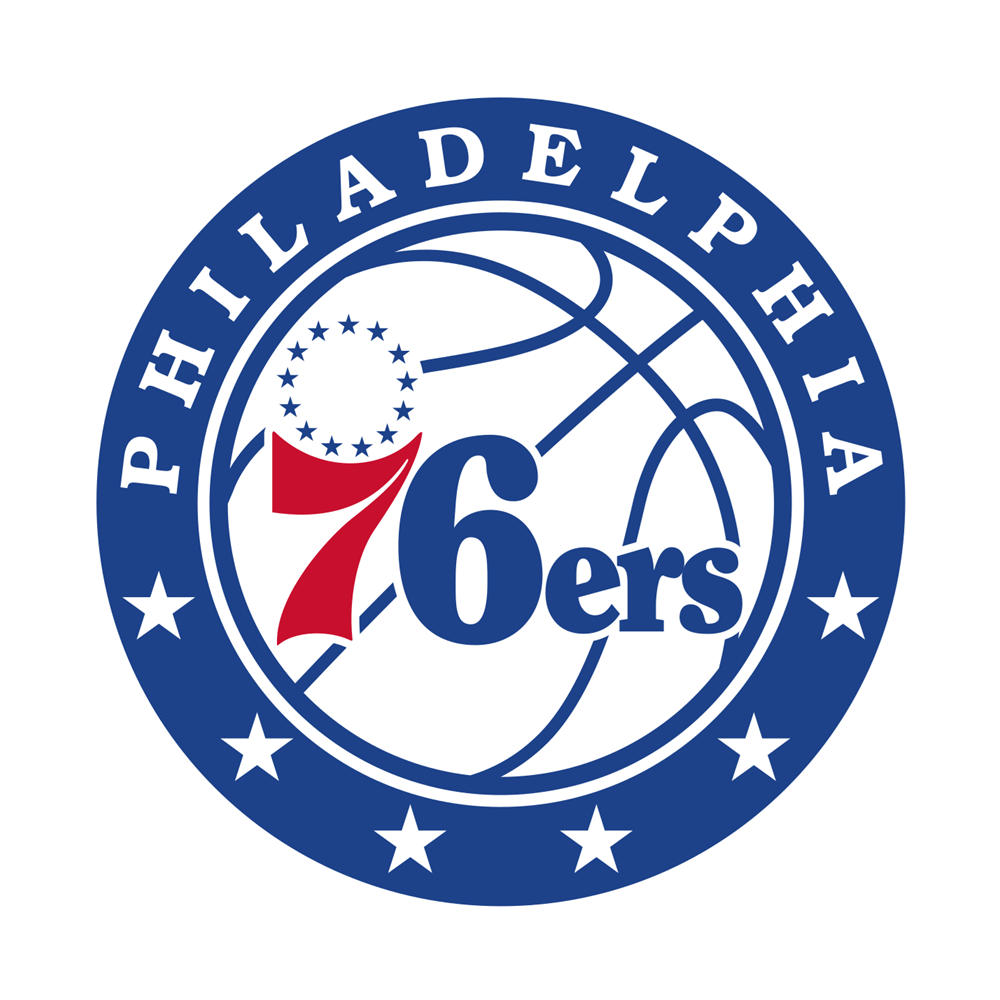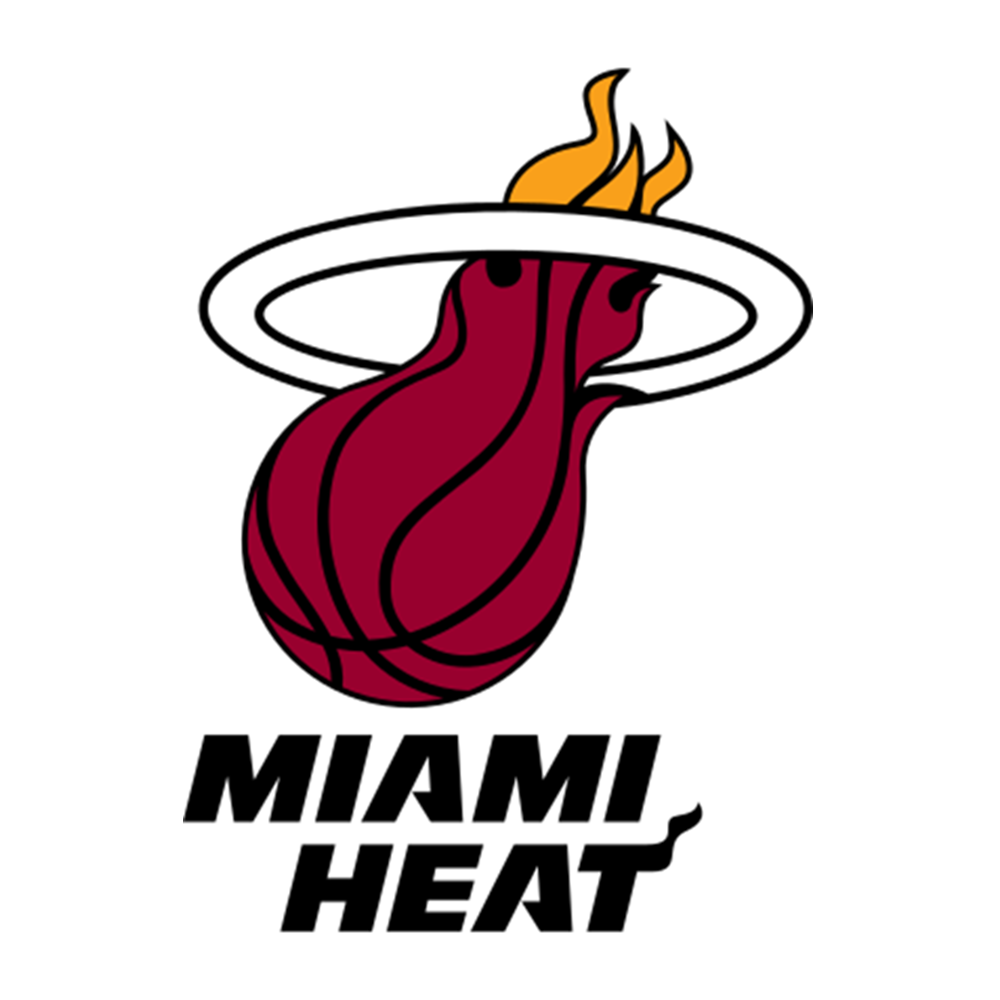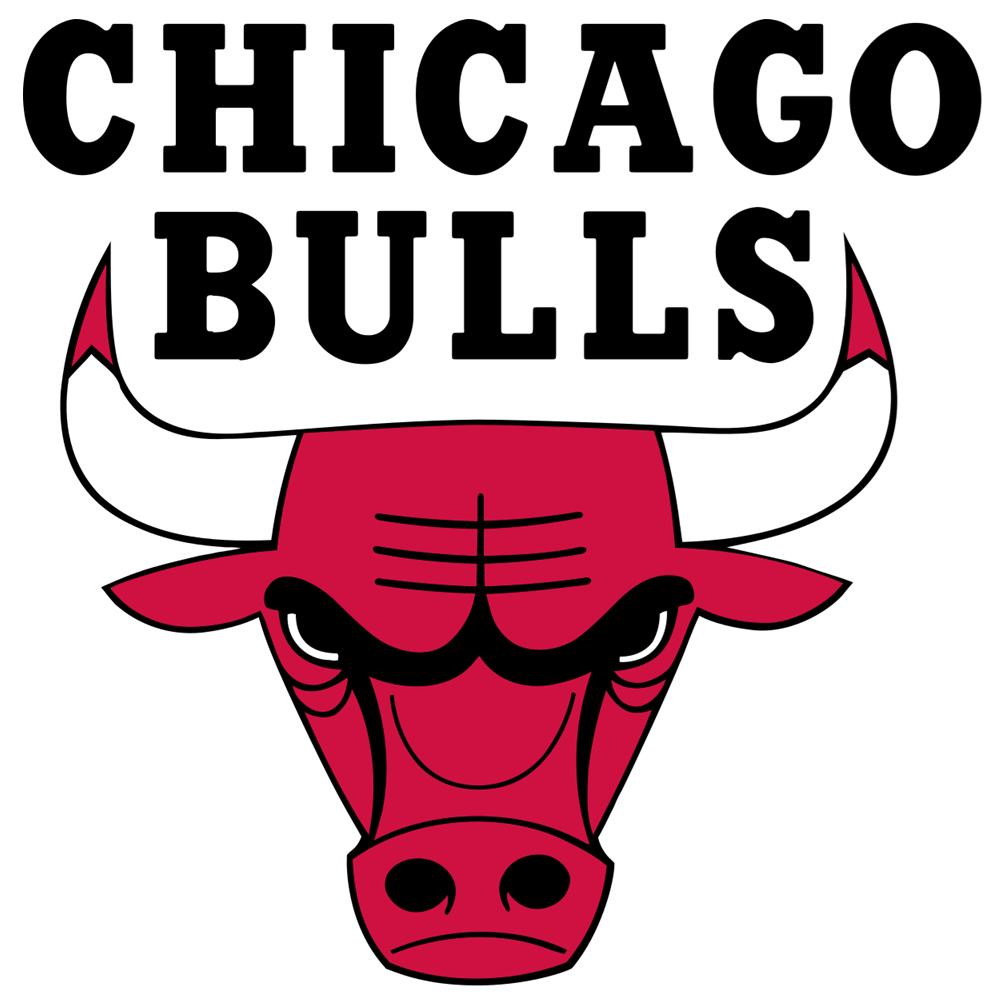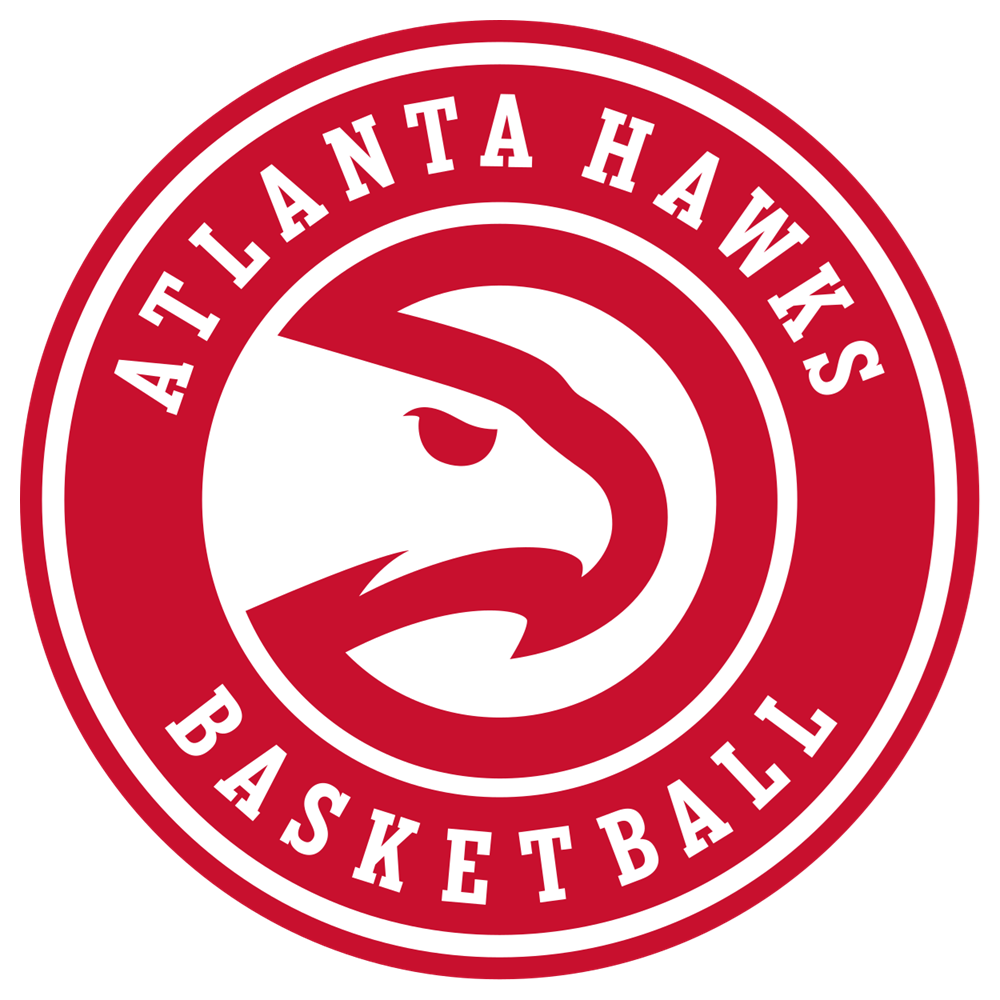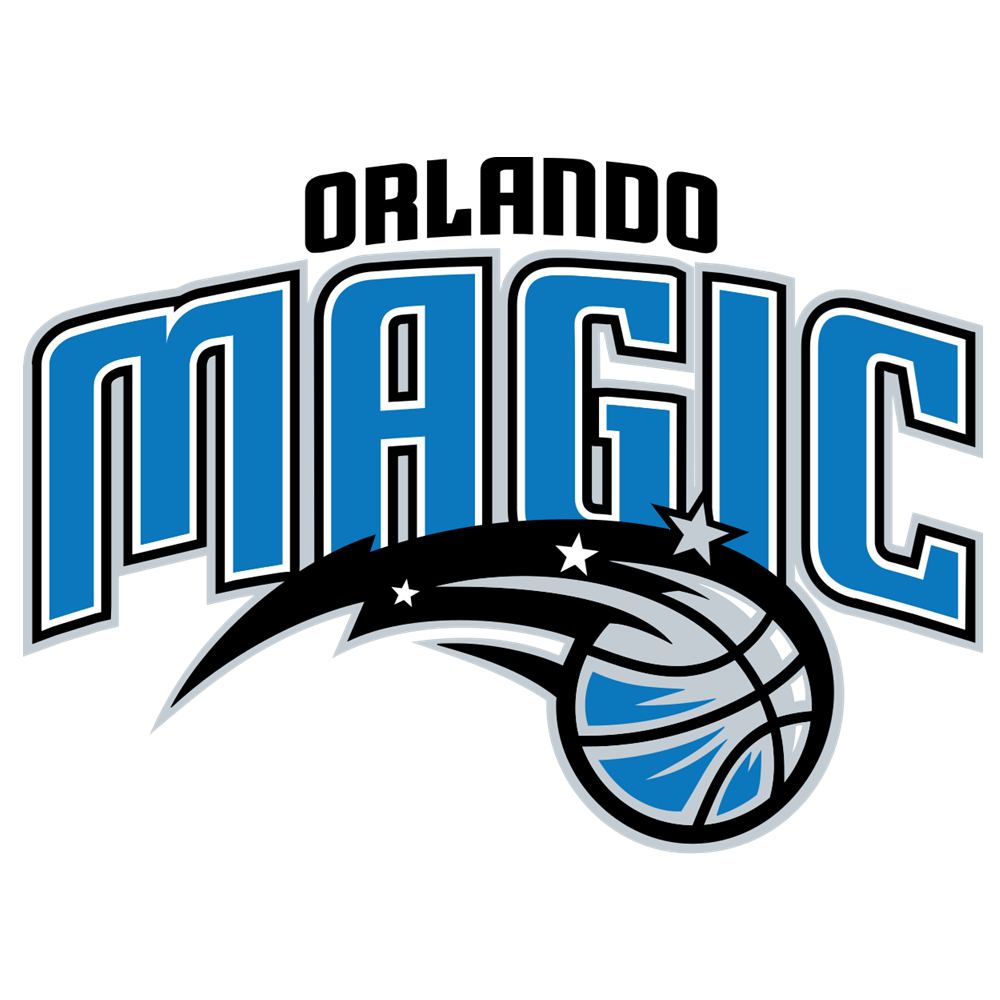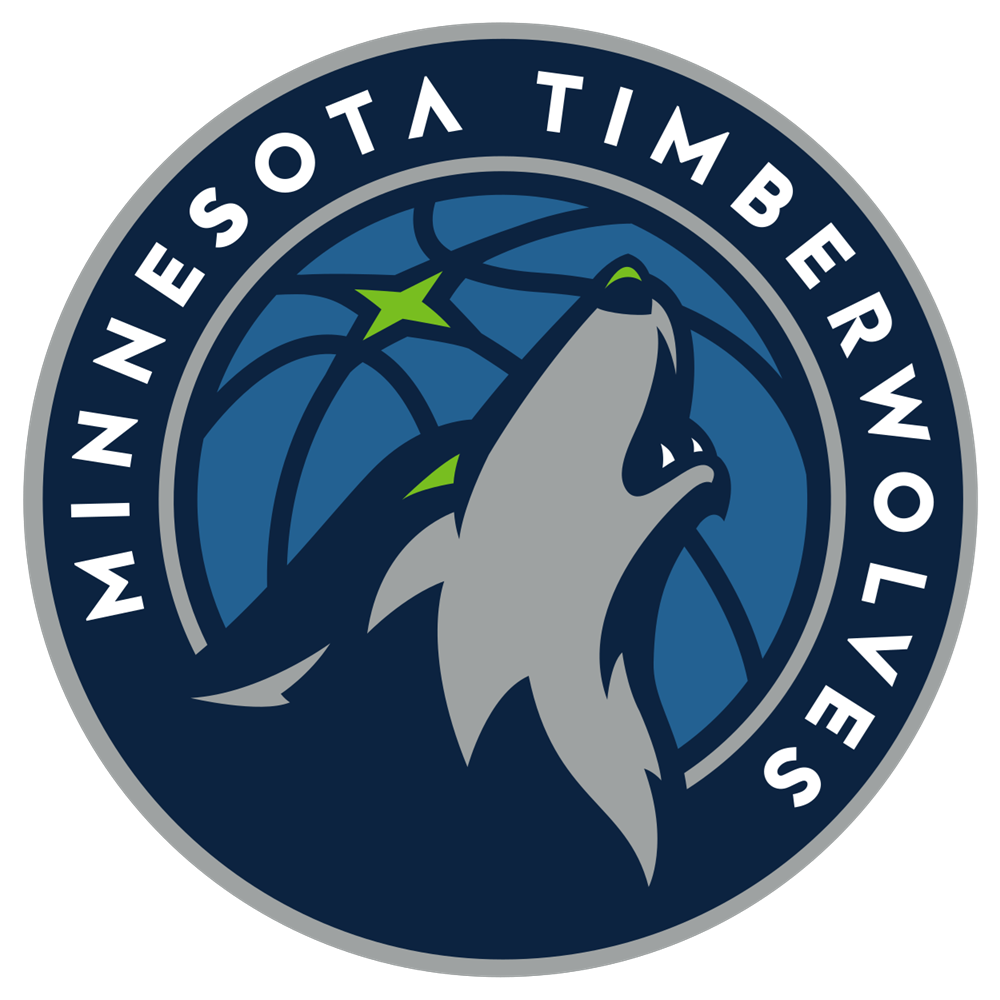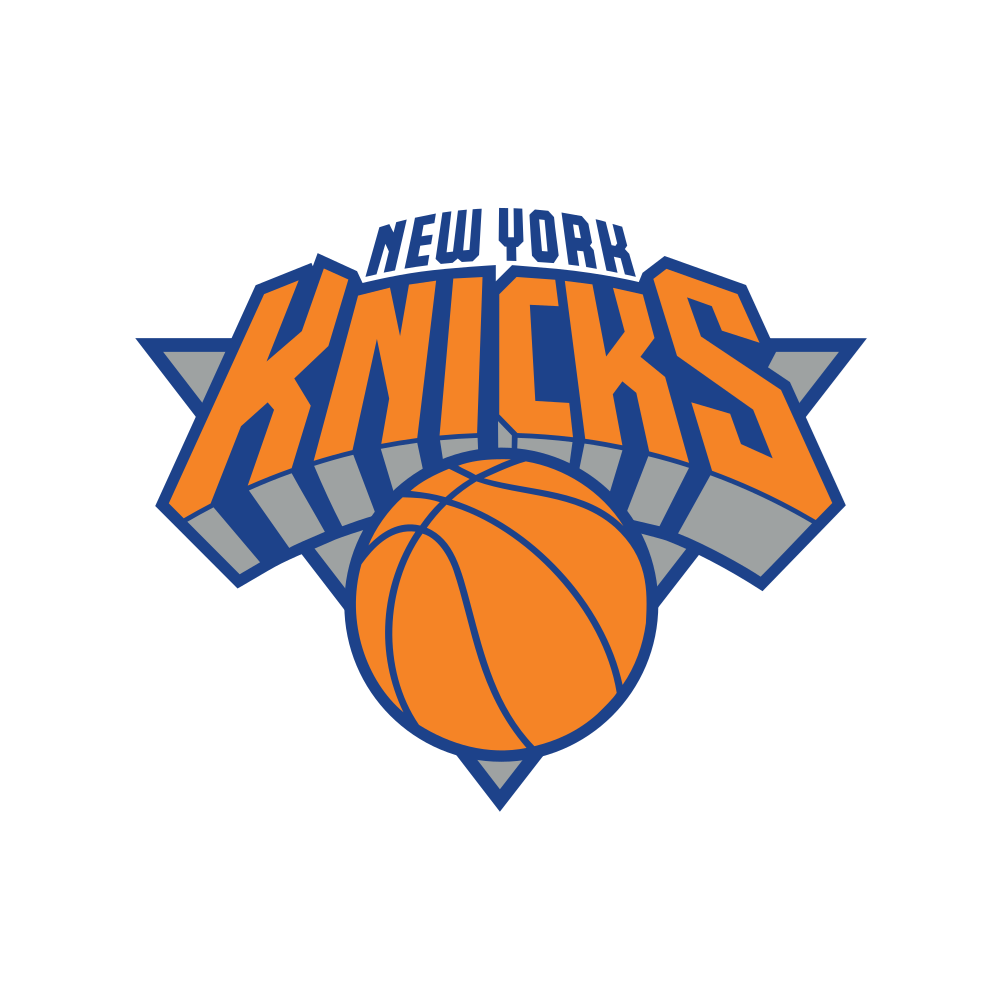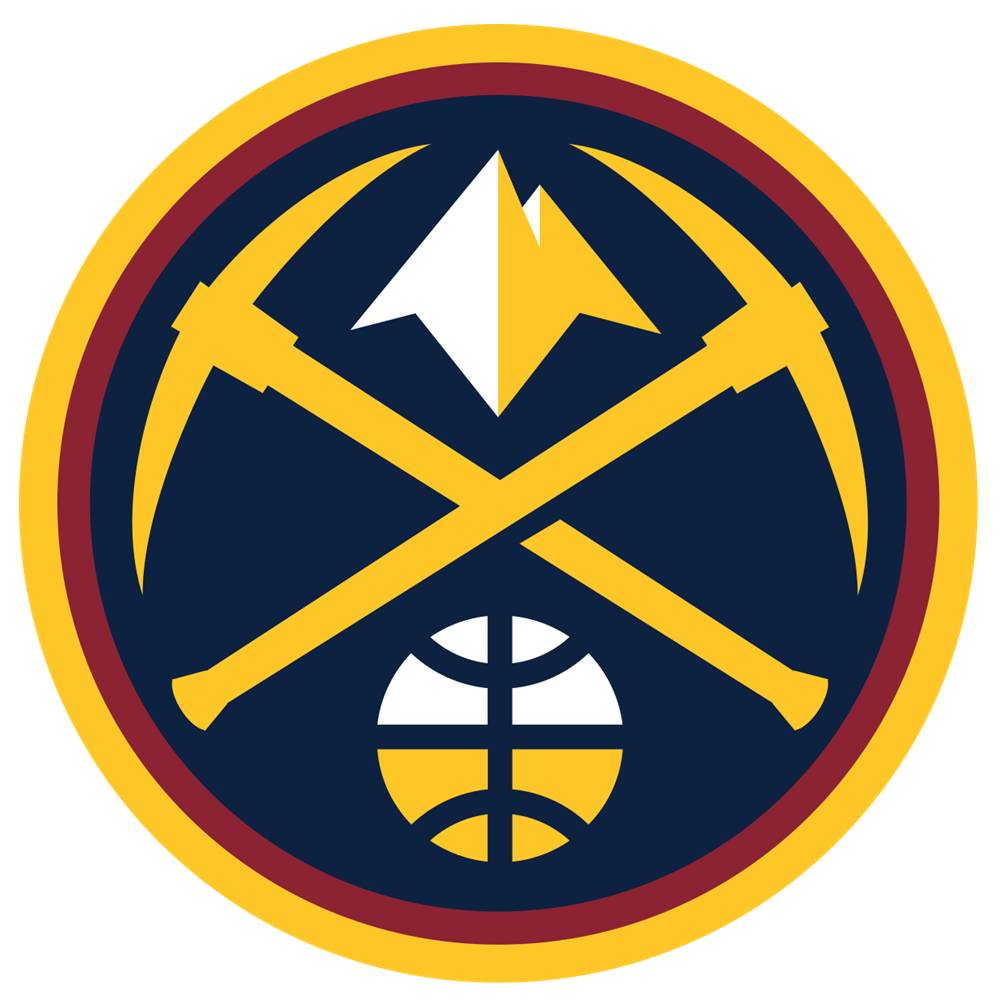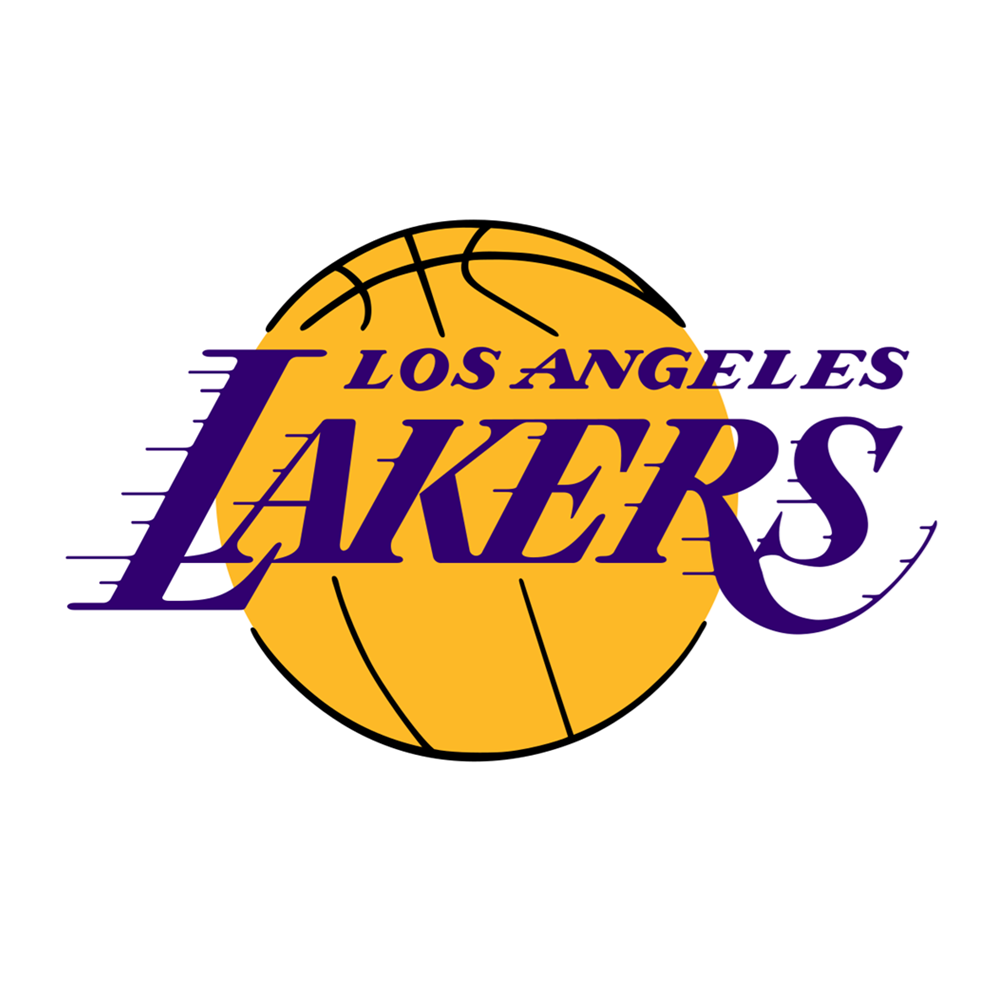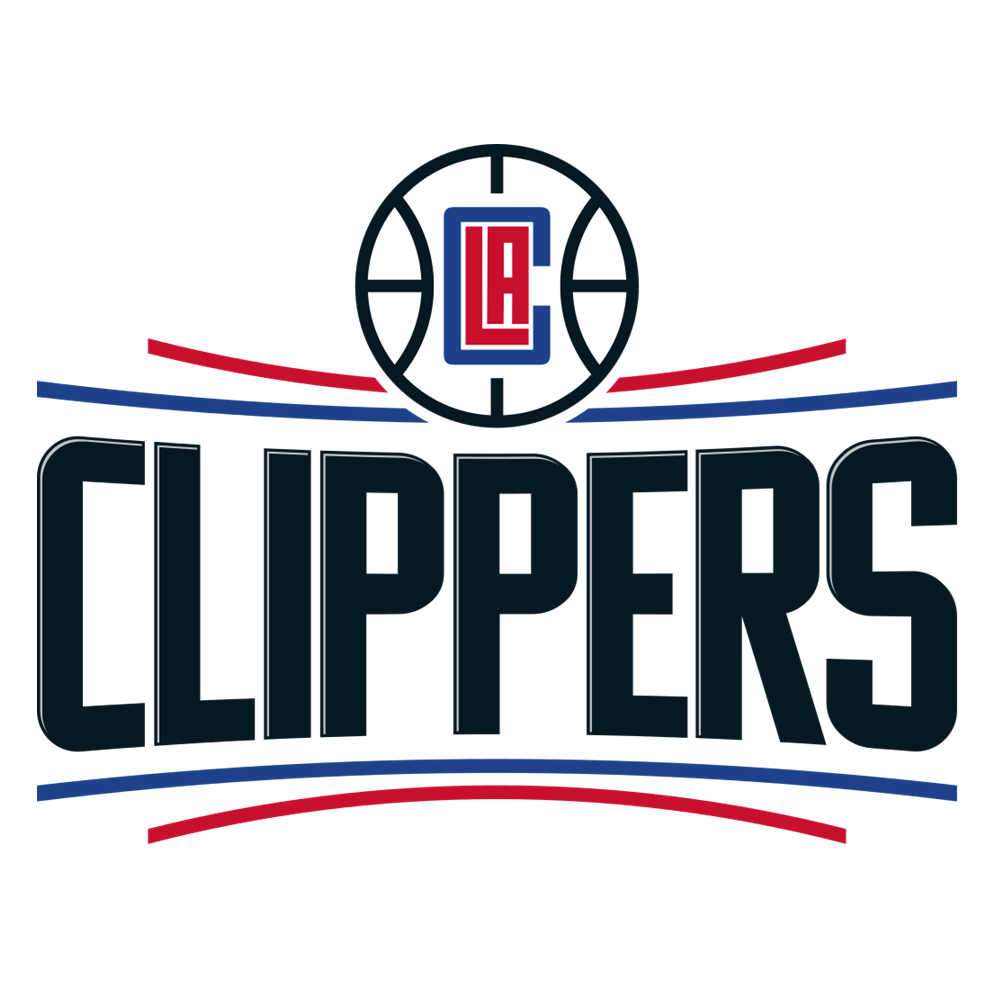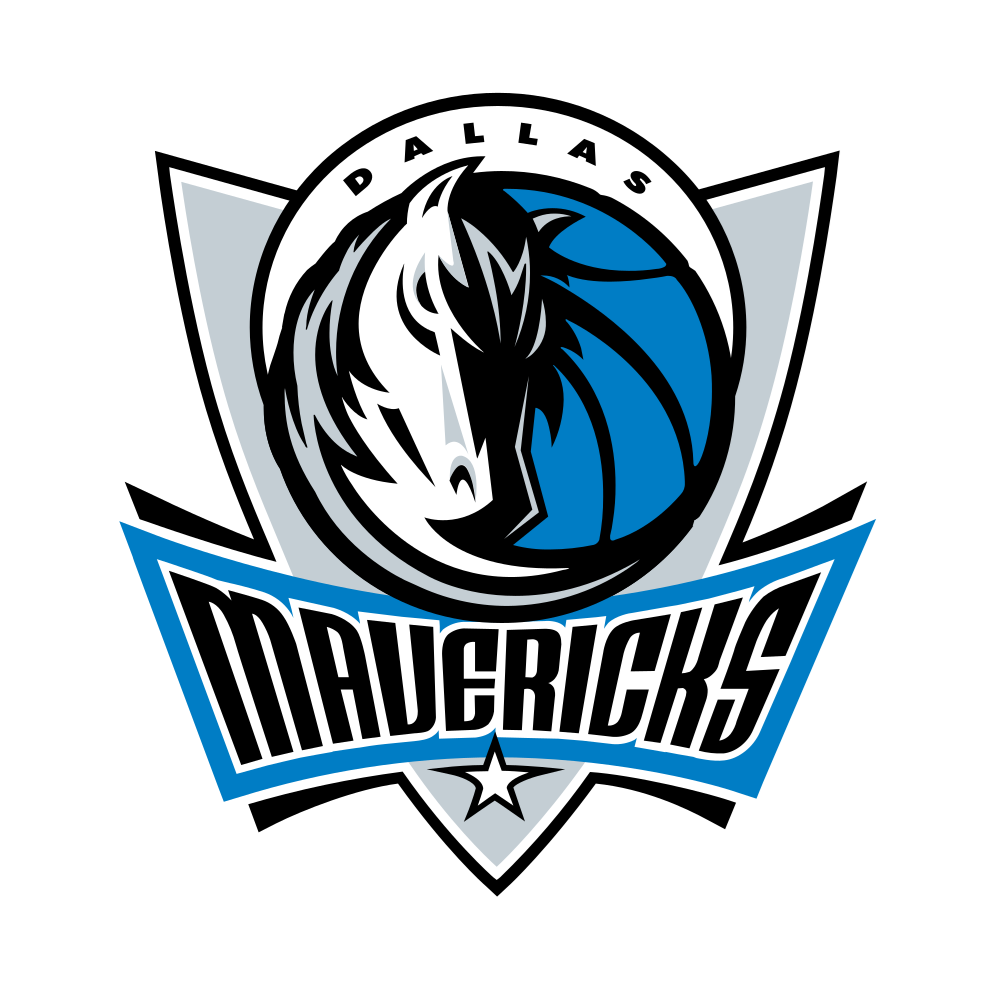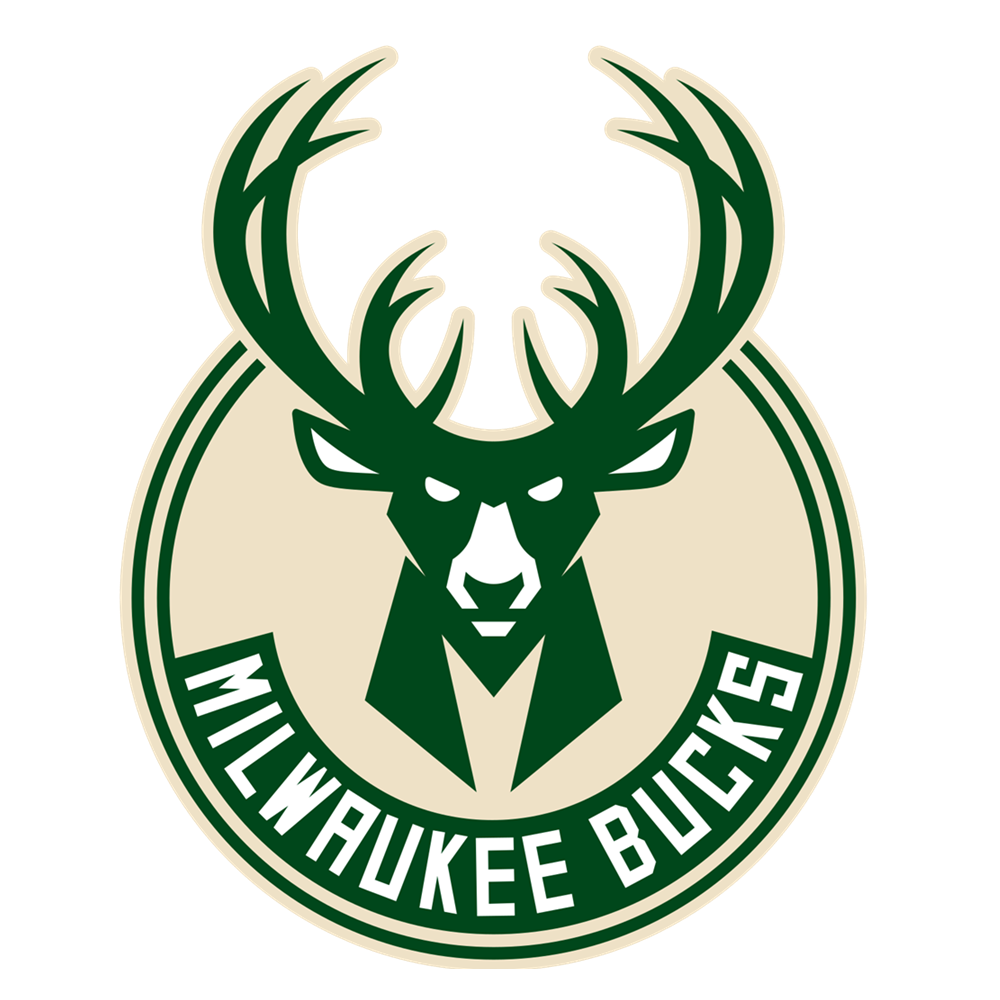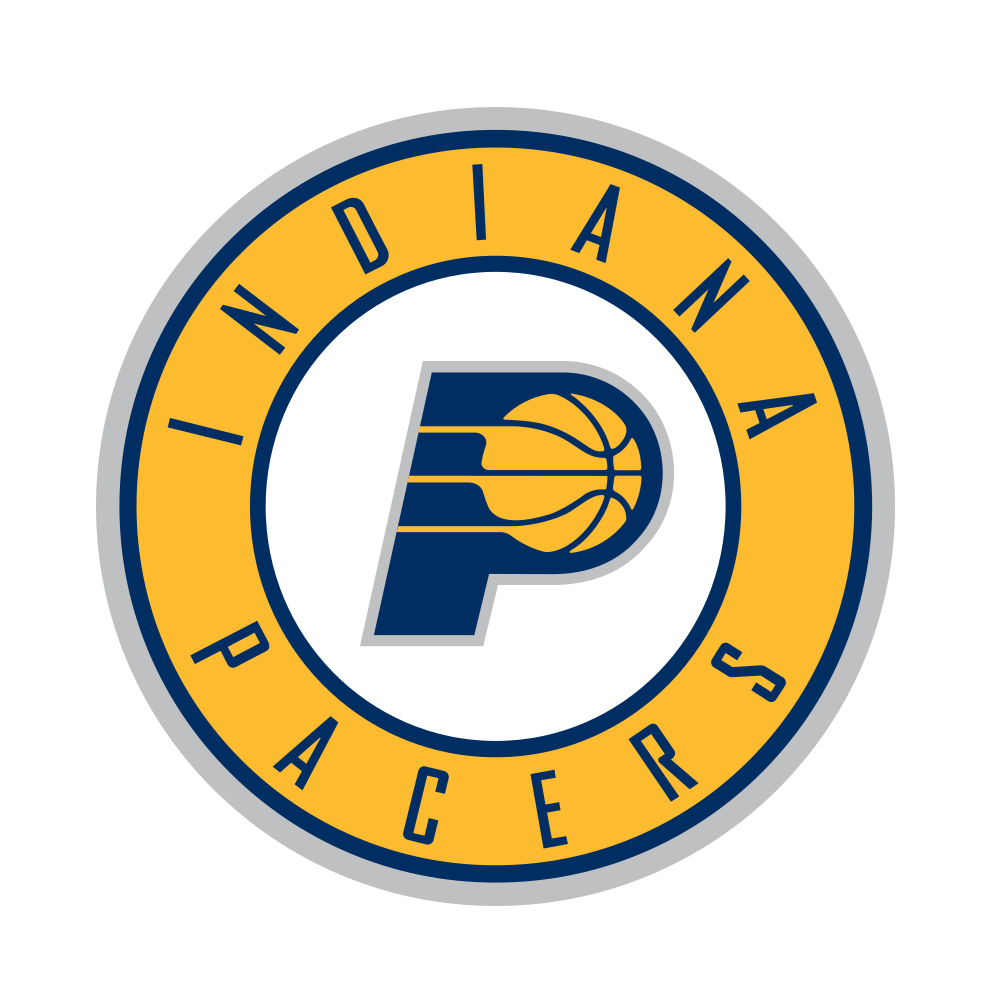Not only did both part of the dynamic Washington Wizards backcourt make the 2018 NBA All-Star Game as reserves, but they were both drafted onto the same team. Point guard John Wall was chosen in the coach's vote for his fifth All-Star appearance, while shooting guard Bradley Beal will be making his debut, both subsequently being drafted onto Team LeBron.
Both come into this All-Star Game amid pretty strong individual seasons, even if the team around them has fluctuated. Wall has averaged 19.4 points, 9.3 assists, 3.6 rebounds, 1.3 steals and 1.1 blocks per game, numbers largely in keeping with his career averages albeit slightly down on last year, while Beal has posted career highs of 23.4 points, 4.5 rebounds, 4.2 assists and 1.2 steals per game.
Historically, Wall has been The Guy. Partly because he got to the team first, partly because he plays the point guard position thereby assuming a more natural leadership and dominant on-court role, and partly because he has always been slightly better, the Wizards have been Wall's team for as long as they have him.
However, a case can perhaps be made that nowadays, Beal has surpassed him. And with Wall currently out long term due to injury and missing the All-Star game, Beal, for once, is the obvious leader of his team.
If Beal has surpassed Wall, it is not because Wall has gotten any significantly worse. Indeed, after a slow start to this season, Wall picked it up to the aforementioned injuries before his season, on the back of a 21.9 point and 10.5 assist per game January. Those numbers too were hindered by the left knee injury that has gnawed at him all year and that has now caused him to miss time - nevertheless, when accounting for the slight pull on his numbers that that injury entailed, John Wall is still John Wall.
Nevertheless, Beal too is in a career-best season. Statistically, this has been his best all-around campaign, with career highs in all of points, assists, rebounds and steals per game.
In Wall's absence, Beal has been playing more of a lead guard role. Tomas Satoransky has been very effective at filling in for Wall, spotting up well, competing defensively, snaking through the lane when appropriate and making few errors. But when in the game alongside Beal, Sato generally cedes the primary ball-handling responsibility to Beal, who has responded.
Of the eight games played since Wall went out for good, the Wizards have won six, including wins over quality opposition in the forms of the Oklahoma City Thunder, Toronto Raptors and Indiana Pacers. And as ugly as it is to witness, seeing Wizards team-mates openly say they prefer having the ball move more when Wall is out is somewhat illuminating.
Always a scorer, Beal has the ability to create space through stutter-steps, jab steps, turnarounds and the like to mimic peers such as Damian Lillard, Dwyane Wade and the like. His ability to get his own at any time is his greatest attribute as a player, and one befitting of an All-Star. Beal is one of the best scorers in the league, very smooth, able to create against any opponent, and able to hit from anywhere.
With Wall out, Beal's game can be seen in more of a team context. When both Beal and Wall play, the two too often take it in turns to play isolation ball, a sometimes effective strategy that is also sometimes ugly, especially given Wall's propensity to do very little movement without the ball in his hands. When Beal is the only one doing so, however, and when paired with a mover like Satoransky, the offence opens up.
Not a natural on-the-ball lead guard, with a propensity for throwing the ball right to opposing defenders, Beal is nevertheless willing to try, and is getting some on-the-job training right now, with Sato's help. Beal's improvements over the past year and a half have come from his developing ball-handling skills, ability to expose the space his scoring threat opens up for others, and better ability to track driving guards.
That is to say, Beal's improvements have come from being able to do more of Wall's job.
How a developing Beal and a stagnating Wall cohere upon Wall's return remains to be seen. It never looked too bad at the time, save for the occasional over-reliance on half-court isolation, itself offset by dynamic transition play. It is instead the inconsistencies in the production of the front court that have kept the Wizards at the level they are at, for which the backcourt duo can only do so much.
Nevertheless, Beal is continuing his yearly ascent towards the top of the league's shooting guard position. Buoyed perhaps by Wall's absence and the opportunities to handle and create it has availed him, Beal is working on becoming a more complete player rather than simply a scorer, to good effect. Although stylistically very different to DeMar DeRozan, Beal's development as a player is somewhat mimicking the path set by DeRozan, who has taken the threat of his scoring ability and used it to become a better overall player as his career has gone on. Beal, it should here be noted, is four years younger than DeRozan.
With a career-high usage rate, Beal has nevertheless kept his turnover rate the same; with increased offensive responsibility, he has nevertheless also kept making incremental improvements defensively. At this point, for all of Wall's athletic prowess and ability to create open jump shots for team mates, Beal might be the best Wizards overall player, and certainly one worthy of being a 2018 NBA All-Star.
